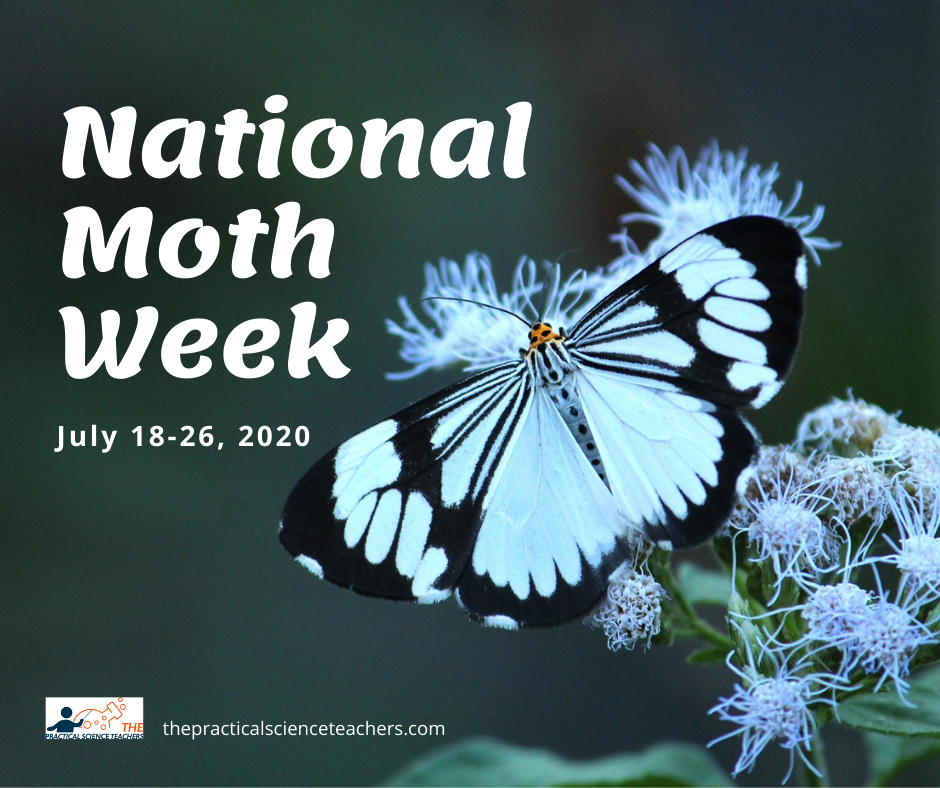
Lepidopterists rejoice! It’s National Moth Week at last. That’s right. The last full week in July is dedicated to celebrating those creatures of the night. This year National Moth Week is July 18-26. National Moth Week is the perfect time to find some ecological wonders flying around your neighborhood!
Nocturnal or Diurnal
Not all moths are nocturnal. Hummingbird moths and Sphinx moths love day-tripping. They can generally be found at dusk although you may see one sipping from your favorite flowers earlier on a cloudy day. Hummingbird moths are called bumblebee moths.
Beautiful Markings
Most people think moths are mousy cousins to graceful butterflies, but that’s a huge misconception. Some moths are very colorful and some butterflies are pretty dull. Consider the lovely Luna Moth or fabulous Cecropia. Contrast those moths with the Dead Leaf Butterfly, Satyr butterflies, or Skippers.
Moths have a couple of huge jobs that benefit the environment. They help pollinate plants which helps keep our food supply going. The other job isn’t great for the moth, but it is great for other animals. Moths and their caterpillars provide food for bats, birds, lizards, frogs, toads, and other insects.
Butterfly or Moth? How to Tell The Difference
When you encounter a winged beauty, how do you know it’s a moth or butterfly? Look at the antennae. Are feathery or wiry with a knob at the ends? If they’re feathery, you have a moth. Moths have furry bodies and are fatter than a butterfly’s slim body. Are the wings folded up or spread flat when sitting? If the wings are spread flat, you are watching a moth.
Ecosystem Giants
Moths are far from dull. In fact, moths are a very important part of the ecosystem. Scientists estimate there are between 125,000 to 500,000 different types of moths! Like all insects, their numbers have been in decline lately so put that bug zapper away! Plant a variety of nectar-rich flowers like heliotrope, monarda, and petunias to keep moths fed and happy. You also provide host plants for their caterpillars.
National Moth Week is a perfect week to turn on your porch lights and see what comes visiting! Be sure to try to identify them and share a picture or a drawing below. We look forward to seeing what you come up with! Post your moth photos are drawings on thepracticalscienceteachers.com. You can also post those lovely moths on our Facebook page. Happy mothing!
Want to know more? Check out these sites:
http://www.mothscount.org/uploads/How_to_start%20_mothing.pdf
https://www.livescience.com/21933-moth-week-facts.html
https://www.si.edu/spotlight/buginfo/moths
